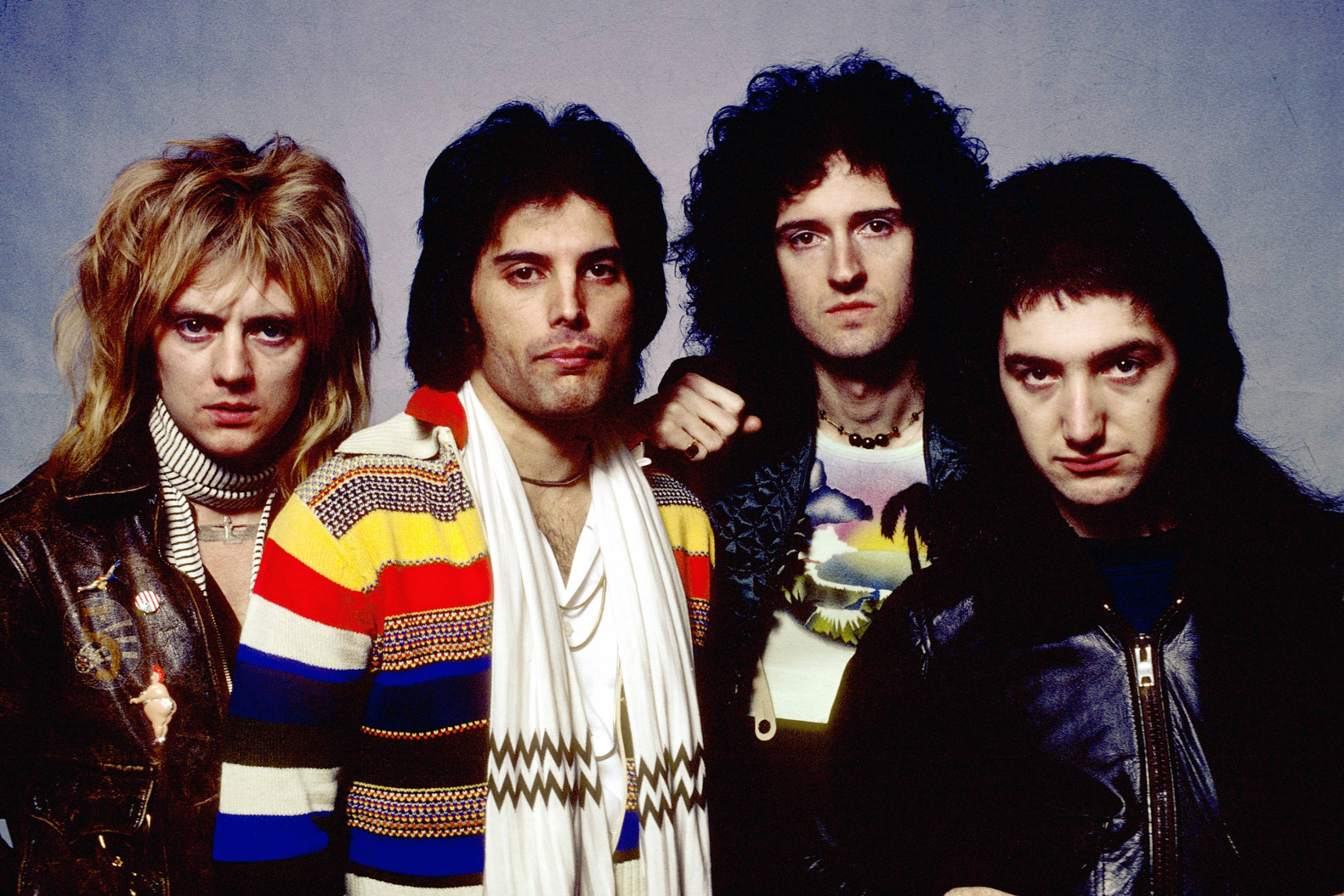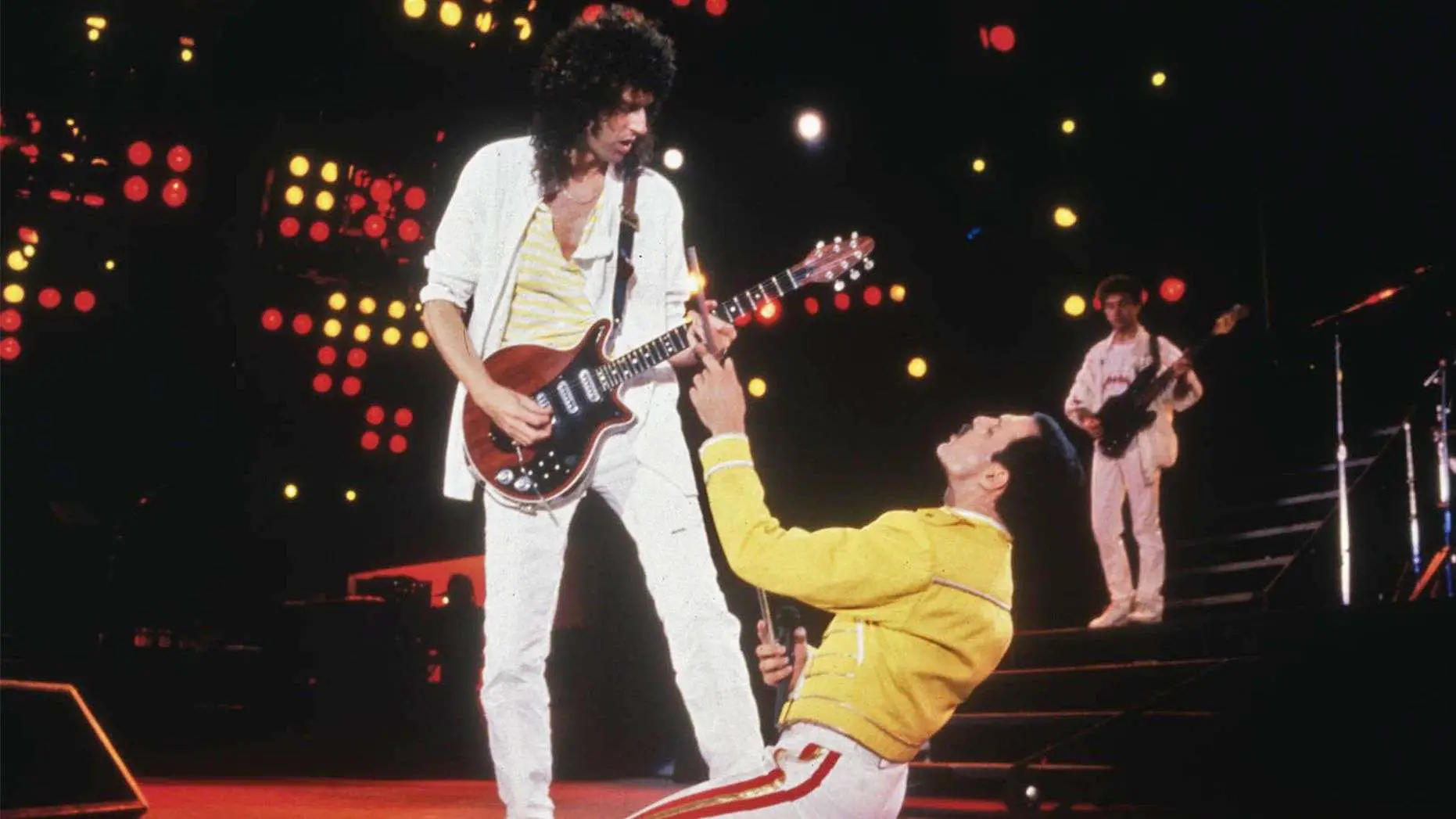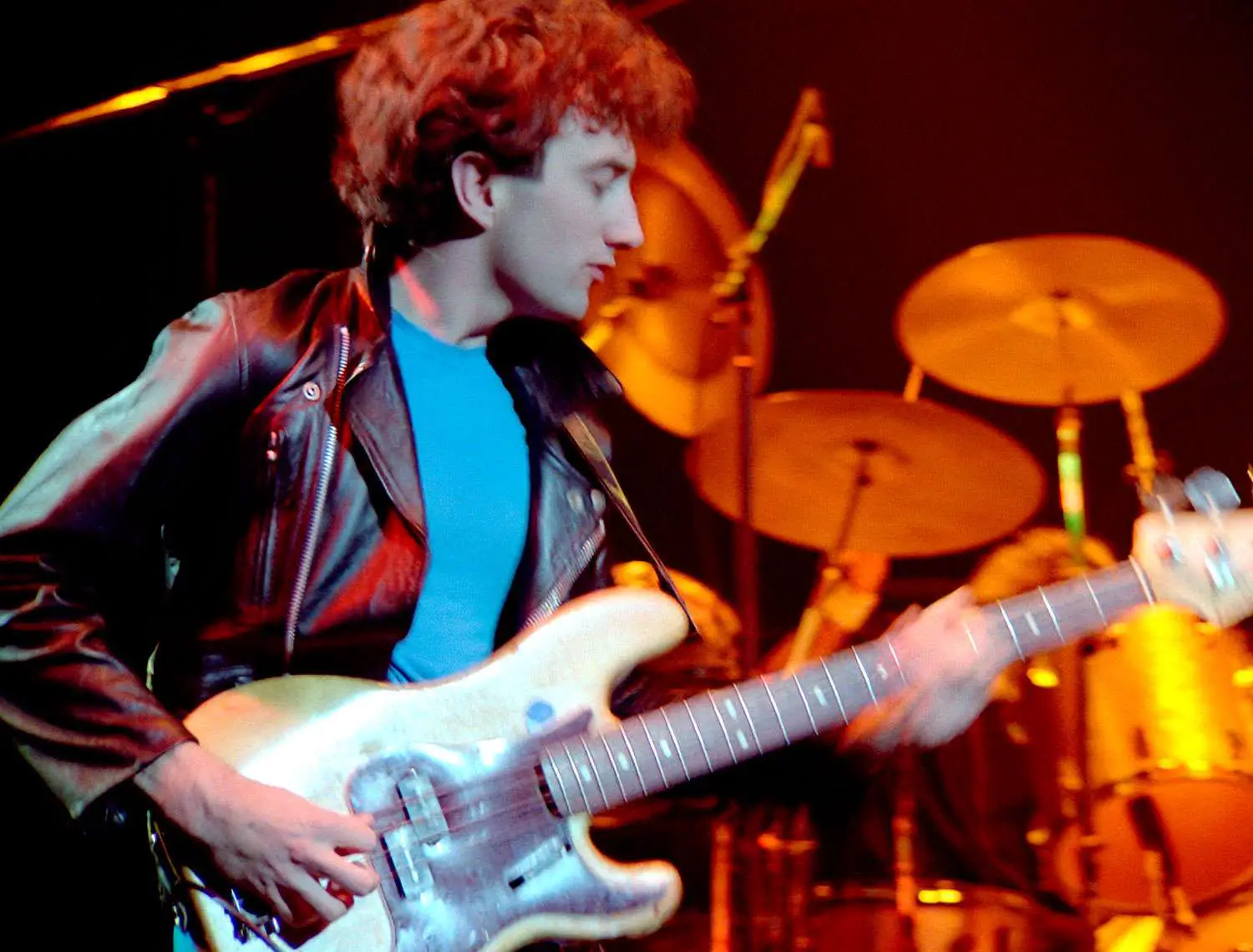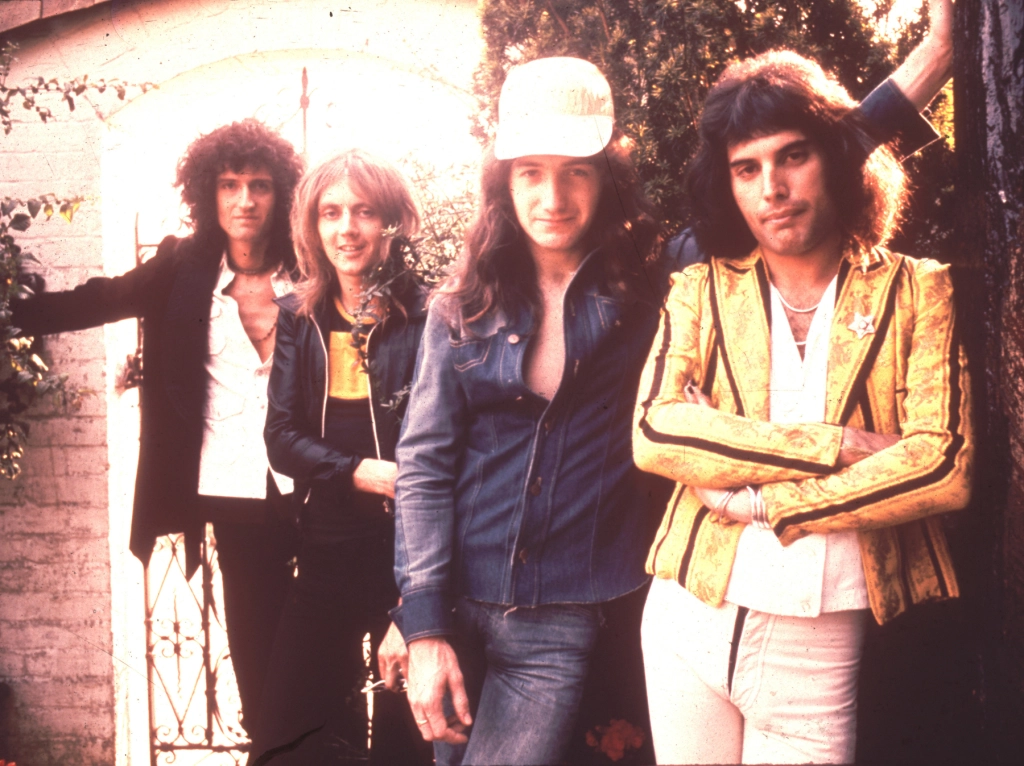The guitar is a quintessential instrument in the world of rock music, and few bands have showcased its versatility and power as profoundly as Queen. With their electrifying performances, genre-blending compositions, and unforgettable anthems, Queen has solidified their place as one of the most influential rock bands of all time. At the heart of their sound lies the exceptional talent and artistry of their guitar players, Brian May and John Deacon.
In this article, we will explore the remarkable musical journeys of Brian May and John Deacon, delving into their early beginnings, their contributions to Queen’s rise to fame, their guitar styles and innovations, collaborations and songwriting prowess, as well as their post-Queen careers and ongoing influence.

Brian May: The Virtuoso of Riffs and Harmonies
Brian May, born on July 19, 1947, in Hampton, Middlesex, England, is widely recognized as the greatest lead guitarist in rock history. His unique playing style, impeccable technique, and innovative approach have made him a true virtuoso of riffs and harmonies. Let’s delve into the remarkable journey of Brian May, from his early musical pursuits to his lasting influence as the guitarist of Queen.
Early Musical Journey and Academic Pursuits
Brian May’s musical journey began at an early age when he discovered his passion for playing the guitar. Inspired by his father, who was an avid music enthusiast, Brian started experimenting with various instruments, eventually settling on the guitar as his primary focus.
As a teenager, he crafted his own electric guitar using materials from his father’s fireplace. This homemade instrument, famously known as the “Red Special,” would become an integral part of his signature sound.
In addition to his musical pursuits, Brian May excelled academically. He earned a scholarship to study physics and mathematics at Imperial College London, where he eventually obtained his bachelor’s degree and embarked on a Ph.D. in astrophysics. During his time at the Imperial College London, his passion for music never wavered, despite his academic commitments.
Forming Queen and Rise to Fame
In 1970, Brian May co-founded the band Queen alongside vocalist Freddie Mercury, John Deacon (bass), and drummer Roger Taylor. The band began to perform in the local London and Brighton rock scenes. Queen’s unique blend of rock, opera lead vocals, and theatricality pushed boundaries and captured the attention of audiences worldwide.
With Brian May’s exceptional guitar skills at the forefront, Queen quickly gained recognition for their electrifying performances and groundbreaking music.
Throughout the 1970s, Queen released a series of critically acclaimed Queen albums, including “Queen II” (1974) and “A Night at the Opera” (1975), which featured the monumental hit “Bohemian Rhapsody.”
Brian May’s guitar solo, characterized by their melodic sensibility and emotional depth, became an integral part of the band’s identity. His ability to create powerful, memorable riffs and weave intricate harmonies into the fabric of Queen’s music set him apart as a true virtuoso.
Guitar Style and Innovations
Brian May’s guitar style is renowned for its melodic elegance, harmonic complexity, and rich tonal palette. He combines intricate fingerpicking techniques, soaring melodic lines, and masterful control over his instrument to create a distinctive sound that resonates with audiences.
One of Brian May’s notable innovations is his use of the “Brian May Special” guitar, which he designed alongside his father. With its unique construction and triple-pickup configuration, the “Red Special” delivers a rich, versatile sound that has become synonymous with Queen’s music. This custom-made instrument, built with love and meticulous attention to detail, has played a significant role in shaping May’s sound and allowing him to achieve his signature tone.
Another pioneering technique employed by May is his mastery of multi-layered guitar harmonies. By layering multiple guitar tracks, he creates lush, orchestral textures that add depth and grandeur to Queen’s compositions. This innovative approach can be heard in iconic tracks such as “Killer Queen,” “Somebody to Love,” and “Bohemian Rhapsody,” where May’s harmonized guitar solo creates a symphonic quality that contrasts Freddie Mercury’s vocals.
Related: Best Guitar Soloists Of All Time
Collaborations and Songwriting
Brian May’s musical contributions extend beyond his guitar solo prowess. He is an accomplished songwriter, having co-written numerous Queen classics, including “We Will Rock You,” “Tie Your Mother Down,” and “Bohemian Rhapsody”
His songwriting skills, combined with his remarkable guitar arrangements, have played a significant role in shaping the band’s sound and popularity.
May’s collaborative spirit has also led him to work with other renowned artists. He has collaborated with musicians such as Eddie Van Halen, Steve Vai, and David Bowie, showcasing his versatility and ability to adapt to different musical contexts.
These collaborations have not only expanded May’s musical horizons but have also allowed him to leave an indelible mark beyond Queen’s discography.
Related: The Guitar Player For Journey: Famous Guitarists
Brain May Plays The Roof Of Buckingham Palace
In September of 1985, Queen took stage as the first band to ever perform on the roof of the Buckingham Palace. This was in celebration of the Live Aid Charity concert. The set list consisted of classic queen hits, along with the famous anthem, “God Save The Queen” and songs from their latest Queen album, The Works.
Brain May played the roof of Buckingham Palace once more many years later in 2022. This time for the Queen’s Golden Jubilee Concert.

Post-Queen Career and Ongoing Influence
Following the passing of Freddie Mercury in 1991 and the subsequent dissolution of Queen as an active touring band, Brian May embarked on a successful solo career. He released several solo albums, including “Back to the Light” (1992) and “Another World” (1998), which showcased his songwriting abilities and further demonstrated his guitar solo virtuosity.
In addition to his solo work, May has remained a prominent figure in the music industry. He continues to collaborate with various artists and participate in tribute concerts and special events honoring Queen’s legacy.
May’s influence as a guitarist and musician is profound, and his contributions to rock music have earned him widespread admiration and respect.
Beyond his technical mastery, Brian May’s guitar playing carries an emotional depth that resonates with listeners. His ability to evoke a wide range of emotions through his instrument is a testament to his musicality and artistry.
May’s guitar solos, whether soaring, triumphant or introspective, have the power to captivate audiences.
In 2018 Brain May opened up for an exclusive interview with Guitar World Magazine. In this article he discusses his songwriting process, along with the best memories of his time alongside Queen and Freddie Mercury.
Brian May’s impact extends beyond his musical talents. He is actively involved in various charitable causes, including animal welfare and astrophysics education. His passion for astronomy led to his appointment as Chancellor of Liverpool John Moores University, where he promoted scientific education and research.

John Deacon: The Rock Steady Bassist with a Rhythm Guitar Flair
John Deacon, born on August 19, 1951, in Leicester, England, is renowned for his exceptional skills as a bassist and his unique ability to infuse rhythm guitar elements into his playing.
As a vital member of the legendary rock band Queen, Deacon contributed his distinctive style, solid groove, and melodic sensibility to the band’s sound.
Let’s explore the fascinating musical journey of John Deacon, from his early days to his contributions as the rock steady bassist with a rhythm guitar flair.
Early Musical Journey and Formation of Queen
John Deacon’s musical journey began in his youth when he started playing the guitar and experimenting with various instruments. However, it was the bass guitar that captured his interest and became his primary focus.
Drawn to the rhythmic and foundational role of the bass, Deacon honed his skills and developed a deep understanding of the instrument’s importance in shaping a band’s sound.
In 1971, John Deacon was recruited by lead guitarist Brian May and drummer Roger Taylor to join a relatively new rock band called Queen that had been gaining popularity amid the London and Brighton rock scenes. With the addition of Freddie Mercury as the lead vocalist, Queen’s lineup was complete, and they began their ascent to rock stardom.
Deacon’s solid bass playing provided a strong backbone to the band’s music, anchoring the rhythm section and allowing for the intricate guitar work and soaring vocals to take center stage.
Related: The Guitar Player For Aerosmith: Famous Guitarists
Contributions as a Bassist and Rhythm Guitarist
John Deacon’s bass playing style was characterized by its precision, tightness, and ability to lock in with drummer Roger Taylor. His impeccable sense of timing and solid groove formed the foundation of Queen’s iconic sound.
Deacon’s bass lines not only provided the driving force behind many of the band’s songs but also displayed melodic qualities that added depth and richness to their compositions.
One of the distinctive aspects of Deacon’s playing was his incorporation of rhythm guitar elements into his bass lines.
He often played chords on the bass, creating a unique and layered texture that complemented the guitar work of Brian May. This subtle incorporation of rhythm guitar elements added an extra dimension to Queen’s music and showcased Deacon’s versatility as a musician.
Deacon’s bass lines can be heard in numerous Queen hits, such as “Another One Bites the Dust,” where his infectious bass riff became instantly recognizable and contributed to the song’s massive success.
His playing on tracks like “Under Pressure”, “You’re My Best Friend”, and “Bohemian Rhapsody” demonstrated his ability to create melodic bass lines that perfectly complemented the overall composition.
Songwriting and Collaborations
In addition to his role as the band’s bassist, John Deacon made significant contributions as a songwriter for Queen. He penned several of the band’s hits, including the iconic “Another One Bites the Dust,” which became one of their most successful songs.
Deacon’s songwriting talent added diversity and depth to Queen’s repertoire, showcasing his ability to craft memorable melodies and compelling lyrics.
Furthermore, Deacon collaborated with his band mates on numerous occasions, contributing to the creative process and helping shape the overall sound of the band.
His musical contributions were highly valued, and his ideas and input played a vital role in the success of many Queen songs.
Related: Famous Guitarists: The Guitar Player For The Eagles
Life Beyond Queen
Following the tragic passing of Freddie Mercury in 1991, Queen as an active touring rock band came to a close. John Deacon chose to step away from the music industry and retired from the public eye. Since then, he has maintained a private life, focusing on his personal endeavors and enjoying the fruits of his remarkable career.
Deacon’s decision to step back from the music scene has allowed his contributions to Queen’s legacy to stand as a testament to his talent and impact.
Although he is no longer actively involved in the band’s activities, his bass lines and songwriting continue to resonate with fans and inspire musicians around the world.

Conclusion:
The guitar players of Queen, Brian May, and John Deacon, have played an instrumental role in shaping the band’s iconic sound and leaving an indelible mark on the music industry.
Lead Guitarist Brian May, with his virtuosity of riffs and harmonies, has established himself as one of the greatest guitarists in rock history. His unique playing style, innovative techniques, and melodic sensibility have set him apart, making his guitar work instantly recognizable and deeply influential.
From his early musical journey and academic pursuits at the Imperial College London, to the formation of Queen and their rise to fame, Brian May’s passion for music and his exceptional talent have been evident throughout his career.
His contributions as a guitarist, songwriter, and collaborator have played a pivotal role in the success of Queen’s music. His guitar style and innovations, such as his homemade “Red Special” guitar and mastery of multi-layered harmonies, have set new standards in the realm of rock guitar.
John Deacon, on the other hand, has been the rock steady bassist with a rhythm guitar flair, providing a solid foundation to Queen’s music. His impeccable sense of timing, solid groove, and incorporation of rhythm guitar elements into his bass lines have given Queen’s sound a unique depth and texture.
Deacon’s contributions as a songwriter and collaborator have added diversity and richness to the band’s repertoire, further establishing their musical legacy.
Together, lead guitarist Brian May and bassist John Deacon have crafted timeless melodies, iconic guitar solos, and unforgettable bass lines that have captivated audiences across generations.
Their talents and innovations have not only shaped Queen’s music but have also influenced countless musicians and aspiring guitarists worldwide.
Beyond their contributions to Queen, both May and Deacon have made lasting impacts in their respective fields. May’s post-Queen solo career, collaborations with other artists, and his commitment to charitable causes have further solidified his status as a musical icon.
Deacon’s decision to retire from the public eye after Freddie Mercury’s passing has allowed his contributions to stand as a testament to his talent and impact, leaving a lasting legacy for future generations.
Together the two guitarists have contributed to Queen’s status as the greatest rock band of all time.

Related: Famous Guitarists: The Guitar Player For Lynyrd Skynyrd
